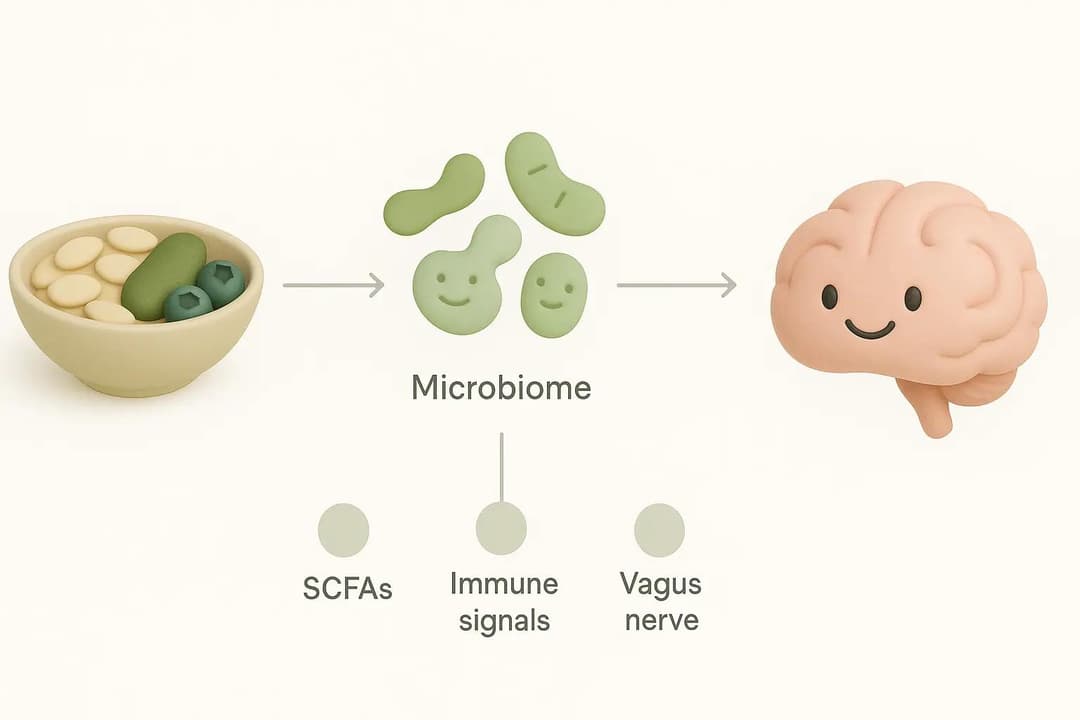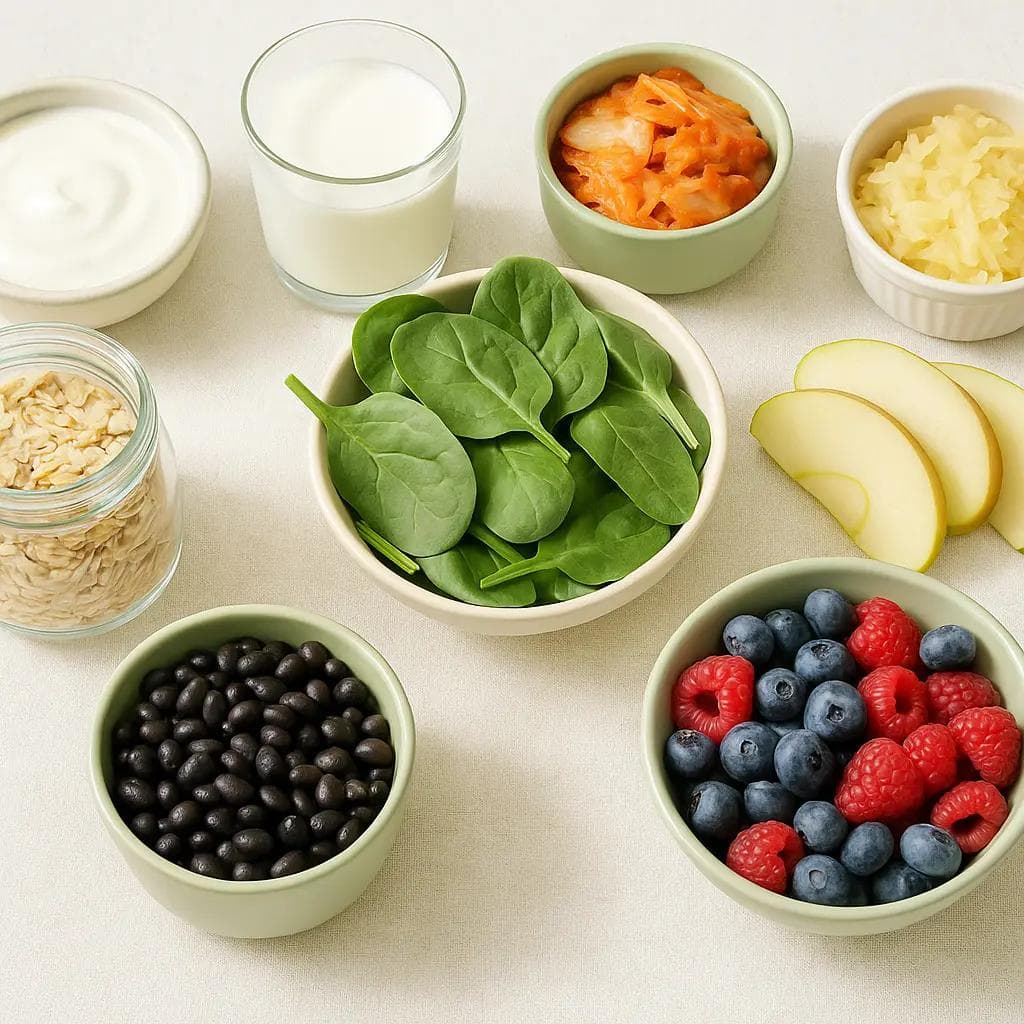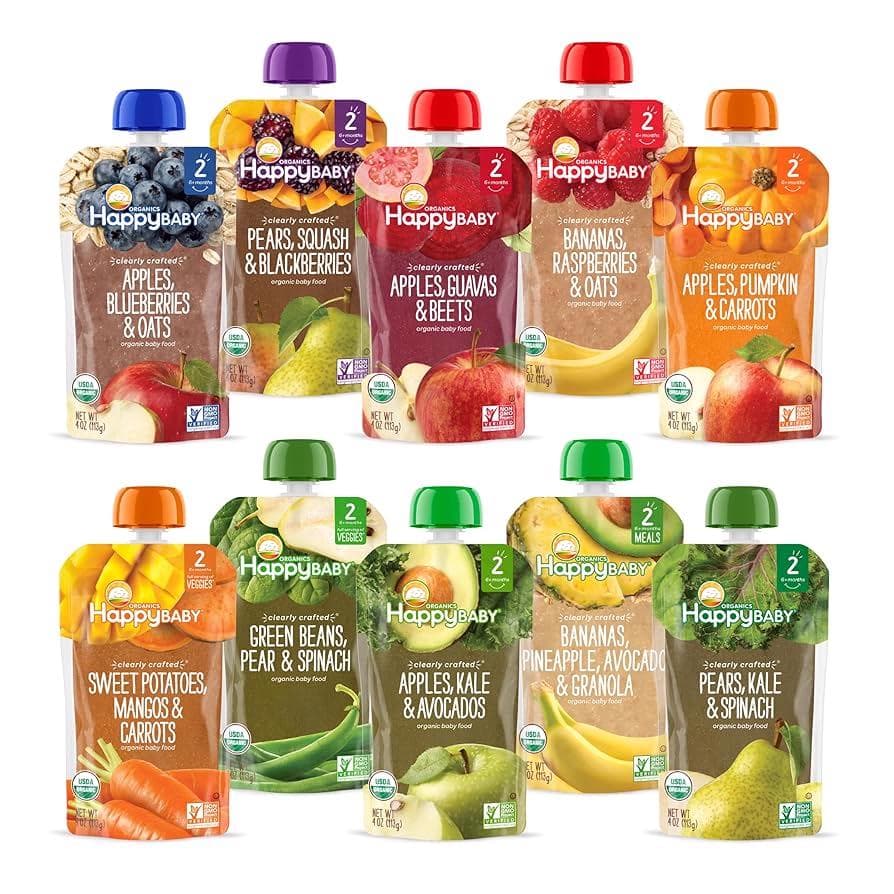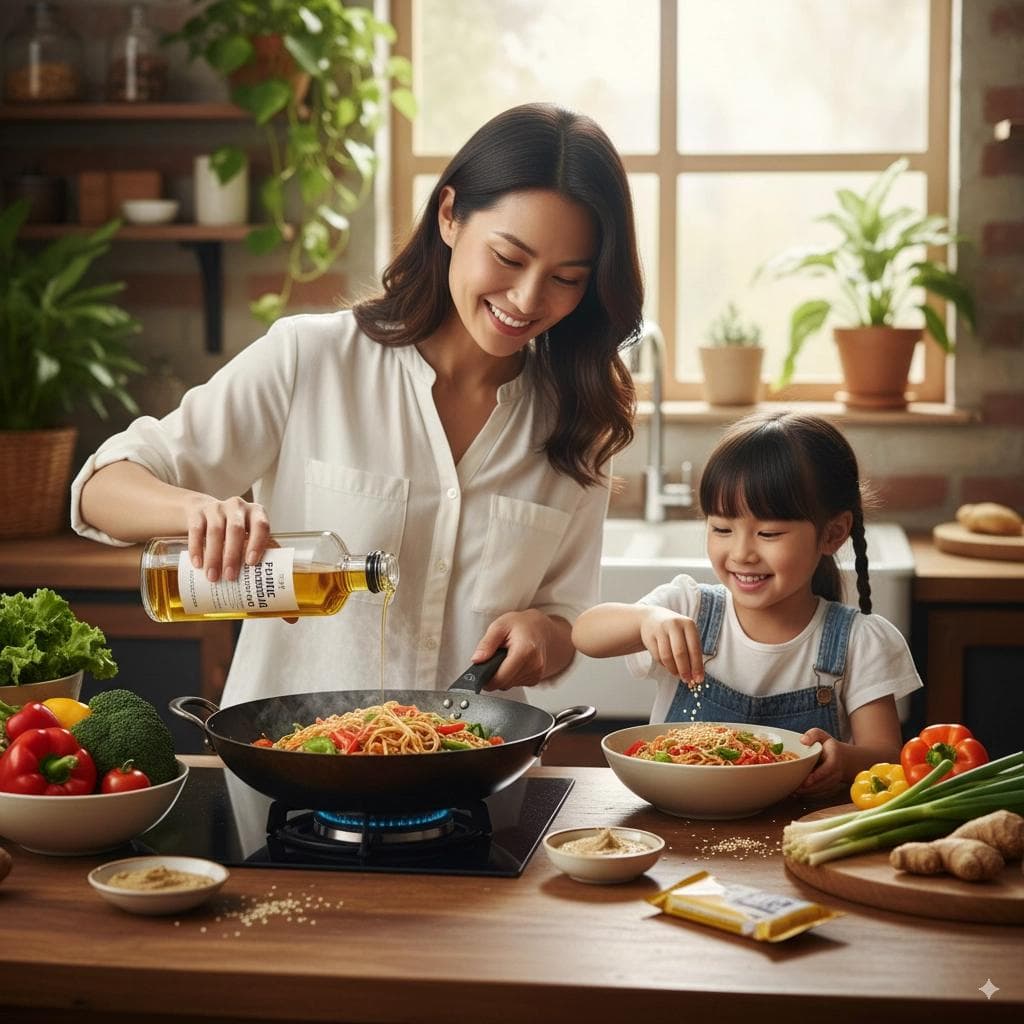

Your gut and your brain talk all day. This “chat” can shape how you feel—calm, happy, or stressed. In this simple guide, we’ll explain how the gut–brain link works and share easy steps you can start today.
Think of your gut as the long tube that digests food. Inside it live tiny helpers called the microbiome. These are mostly friendly bacteria. The gut–brain axis is the “phone line” between your gut and your brain. It uses nerves, hormones, and immune signals to send messages both ways. One main “wire” is the vagus nerve, which carries fast messages up to your brain and back down to your belly.
Why this matters: Feelings can upset your stomach, and stomach trouble can upset your feelings. That is the two-way link in action.
When you feel stressed, your brain sends “alarm” signals to your gut. Your gut may cramp, feel bloated, or speed up. Then your upset gut can send stress signals right back to your brain. This can make you feel worried or low. It can even feed a loop: stress → tummy trouble → more stress. The good news? You can calm this loop with daily habits, food choices, and rest.

Let’s keep it simple. Here are four ways your gut talks to your brain:
1. Nerve signals. Your vagus nerve is like a highway. Messages move quickly between gut and brain on this road.
2. Immune signals. When the gut gets irritated, it can release “alarm” molecules. These can reach the brain and affect mood and energy.
3. Microbe messages. Your gut bugs eat fiber and make short-chain fatty acids (SCFAs) like butyrate. SCFAs may help protect the brain’s “filter,” called the blood-brain barrier, and support healthy brain signaling.
4. Food → brain chemicals. Diet and gut bugs can influence the building blocks for brain messengers (like those linked to calm and focus).

You do not need a perfect plan. Small steps help. Try these this week:
Tip for parents: Try one swap per meal. Example: Switch chips → carrots and hummus; soda → flavored sparkling water; candy → berries with yogurt.
Probiotics are “good bugs” in pills or foods. Research suggests they can help some people with low mood or worry, but results vary by person and by strain (type of bug). Probiotics are not a cure-all, and food habits still matter most. If you are pregnant, nursing, taking medicine, or buying for a child, ask your clinician first.
Smart approach:
A tiny step each day builds a healthier gut–brain loop.
Olive tip: Use Olive to scan foods, avoid unwanted additives, and spot cleaner, gut-friendly choices in seconds.
Q: Can kids take probiotics?
A: Sometimes. Ask your pediatrician first, especially for babies and toddlers or if your child has health issues.
Q: How long until I feel a change?
A: Some people notice shifts in 2–4 weeks. Keep habits simple and steady.
Q: Are fermented foods better than pills?
A: Not always, but a clinical study found fermented foods can boost microbiome diversity and lower inflammation markers. Food + lifestyle is a strong base.
This article is general information, not medical advice. Talk to your clinician if you have ongoing stomach pain, weight loss, bleeding, major mood changes, or before starting new supplements—especially if you’re pregnant or managing a health condition.
Your gut and brain are a team. Feed your gut well, and your mood may follow. Start with fiber-rich plants, add fermented foods, move daily, and rest well. Use Olive to scan products and choose cleaner options for you and your family—so supporting your gut (and mind) feels easy, every day.
Instant Barcode Scane
Allergen Detection
Clear Ingredient Insights
Get Personalized Suggestions

Discover everything you need to know about Happy Baby Pouches: A Parent's Guide to ensuring safe and nutritious choices amidst heavy metals concerns.
Sep 25, 2025
Is sesame oil a seed oil? Yes — but not all seed oils are harmful. Learn why sesame oil is different from the “Hateful Eight” and discover the best sesame oil substitutes like oliv...
Sep 25, 2025Always.
We never monetize through brand deals, affiliate links, or ads — so you can trust our recommendations are always aligned with our users.
Effortless food scanning
Peace of mind for parents
Healthy product recommendations